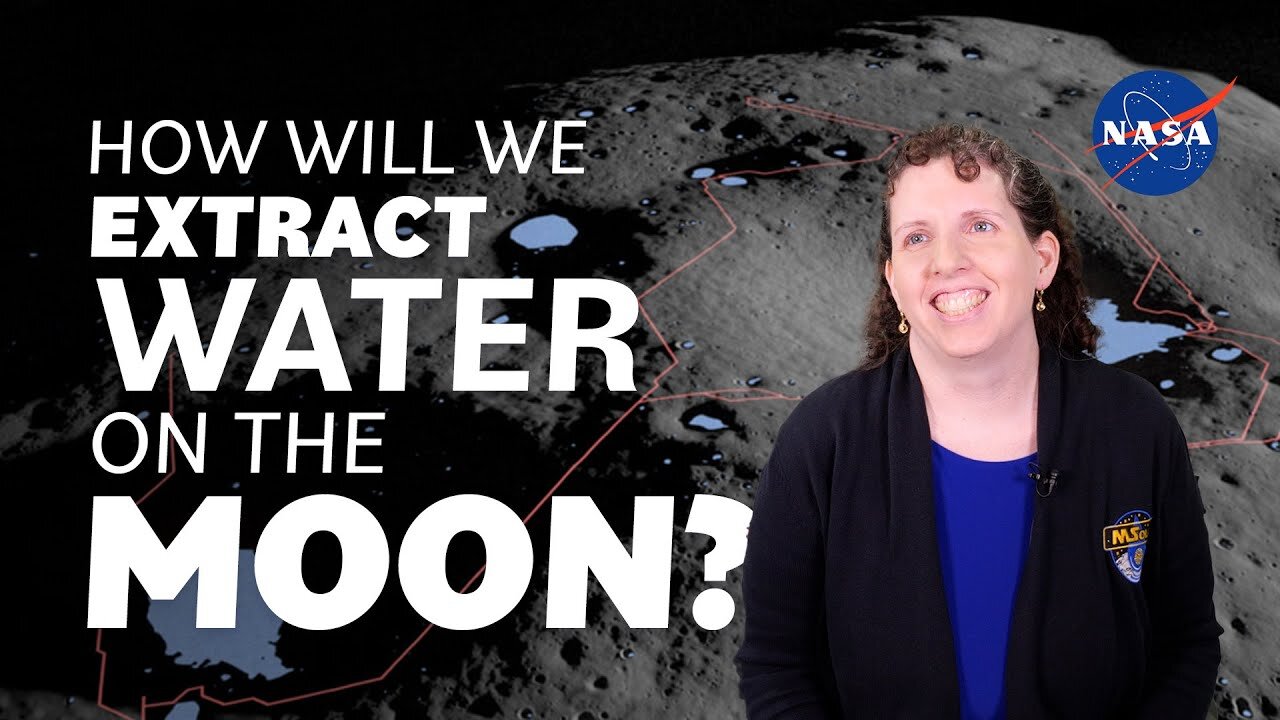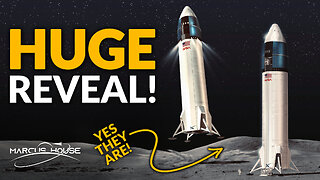Premium Only Content

How Will We Extract Water on the Moon? We Asked a NASA Technologist
We know the Moon contains water, but, could future astronauts access and make use of it? That’s the goal. At NASA, we’re actively trying to answer that question. Once it lands at the lunar south pole, our PRIME-1 — Polar Resources Ice Mining Experiment-1 – will robotically sample and analyze ice from beneath the lunar surface, contributing to our search for water on the Moon
Dr. Joseph Lazio (NASA's Jet Propulsion Laboratory) shared how NASA’s Deep Space Network helps in our exploration of the Solar System and beyond in a webinar held with Night Sky Network member
About This Talk
Nearly every image of another planet that was taken by a NASA spacecraft has been transmitted to us through one or more antennas of NASA’s Deep Space Network (DSN). For almost the past 60 years, the DSN has been guiding spacecraft to their destinations across the Solar System, sending them commands for actions to take upon reaching their destinations, and receiving the data back from them. Moreover, the DSN is a science instrument in its own right. In this Webinar, I will review what the DSN is, how it enables NASA missions throughout the Solar System and beyond, and illustrate some of the scientific measurements that it makes on its own.
About Dr. Joseph Lazio
Joseph Lazio is the Interplanetary Network Directorate Scientist at the Jet Propulsion Laboratory, California Institute of Technology. He received his Ph.D. from Cornell University, was a National Research Council Research Associate at the U.S. Naval Research Laboratory, and was a Radio Astronomer on the staff of the Naval Research Laboratory, before joining JPL. He is the Project Scientist for the Sun Radio Interferometer Space Experiment (SunRISE) mission, and he has served as Project Scientist for the Square Kilometre Array (SKA); the Deputy Director of the Lunar University Network for Astrophysics Research (LUNAR), part of the NASA Lunar Science Institute; and the Project Scientist for the U.S. Virtual Astronomical Observatory. He also observes routinely with the world's premier ground-based radio telescopes, including the Expanded Very Large Array, the Very Long Baseline Array, and the Green Bank Telescope
-
 2:18:53
2:18:53
Badlands Media
14 hours agoDevolution Power Hour Ep. 403: Brennan Exposed & The Intel War w/ Thomas Speciale
356K81 -
 4:34
4:34
Legal Money Moves
5 days agoThe AI Panic: Are You Next?
3.29K3 -
 25:41
25:41
Robbi On The Record
2 days ago $18.07 earnedThe Billion-Dollar Lie Behind OnlyFans “Empowerment” (Her Testimony Will Shock You) | part II
40.2K29 -
 1:06:09
1:06:09
Man in America
16 hours agoExposing HAARP's Diabolical Mind Control Tech w/ Leigh Dundas
66.7K61 -
 1:47:16
1:47:16
Tundra Tactical
12 hours ago $108.54 earnedGlock Interview From Beyond The Grave//Whats the Future of Home Training??
52.2K8 -
 2:16:35
2:16:35
BlackDiamondGunsandGear
10 hours agoEBT Apocalypse? / Snap Down SHTF / After Hours Armory
21.9K12 -
 14:05
14:05
Sideserf Cake Studio
22 hours ago $16.69 earnedHYPERREALISTIC HAND CAKE GLOW-UP (Old vs. New) 💅
59.7K11 -
 28:37
28:37
marcushouse
23 hours ago $9.65 earnedSpaceX Just Dropped the Biggest Starship Lander Update in Years! 🤯
29.5K12 -
 14:54
14:54
The Kevin Trudeau Show Limitless
3 days agoThe Hidden Force Running Your Life
113K25 -
 2:16:35
2:16:35
DLDAfterDark
10 hours ago $10.00 earnedIs The "SnapPocalypse" A Real Concern? Are You Prepared For SHTF? What Are Some Considerations?
30.9K12